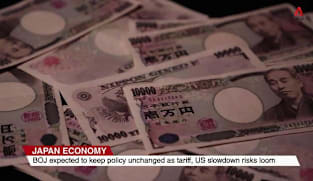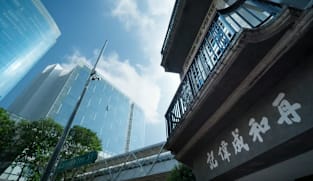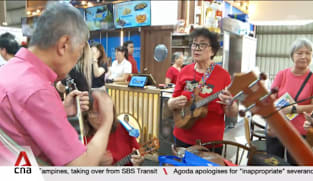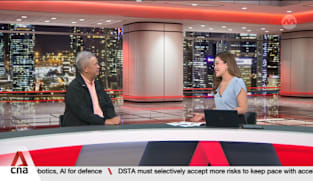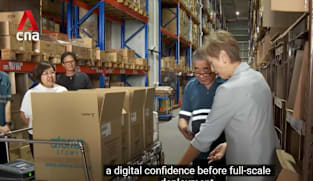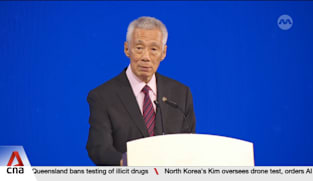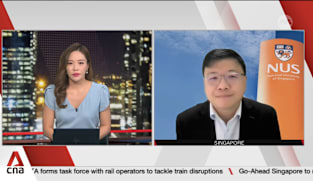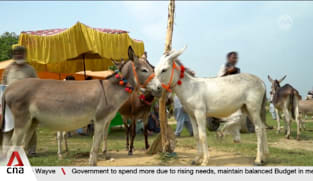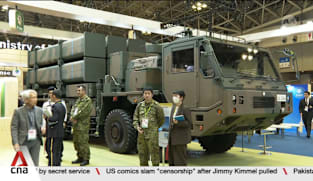Chee Hong Tat on improving rollout of ERP 2.0 OBU
The transition to ERP 2.0 is a major exercise as there are different vehicles with different designs and specifications, said Transport Minister Chee Hong Tat. The Land Transport Authority (LTA) has taken on board feedback from the early adopters to enhance user choice, convenience and safety, he said. Replying to MPs’ questions in Parliament on Wednesday (May 8), he outlined the refinements as LTA proceeds with the installation exercise of the On-Board Unit (OBU). Mr Chee pointed out that the process will take a few years to complete. About two per cent or 18,000 vehicles out of almost one million vehicles in Singapore have installed the OBU. Of these, around 11,000 are fleet vehicles. Mr Chee said this phased approach gives the workshops time to prepare their workers and ramp up their resources. It also allows LTA to take in feedback from stakeholders and understand the areas for improvement before extending to other vehicles. One key refinement is the option of touchscreen, in-vehicle or mobile phone display for vehicle owners. The vehicle owner can also choose where to place the touchscreen display, subject to technical feasibility. For the initial phase of installation, LTA only allowed the processing unit to be installed on the passenger side. Vehicle owners will now be given the option to install the processing unit on the driver’s side. Service ambassadors will be present at the showrooms and workshops to explain the options to vehicle owners. Mr Chee said by providing more choices, the process becomes more complex and the workshops will need more time to complete the installation. However, the trade-off is necessary to give vehicle owners the flexibility to customise their preferred options, he said.
The transition to ERP 2.0 is a major exercise as there are different vehicles with different designs and specifications, said Transport Minister Chee Hong Tat. The Land Transport Authority (LTA) has taken on board feedback from the early adopters to enhance user choice, convenience and safety, he said. Replying to MPs’ questions in Parliament on Wednesday (May 8), he outlined the refinements as LTA proceeds with the installation exercise of the On-Board Unit (OBU). Mr Chee pointed out that the process will take a few years to complete. About two per cent or 18,000 vehicles out of almost one million vehicles in Singapore have installed the OBU. Of these, around 11,000 are fleet vehicles. Mr Chee said this phased approach gives the workshops time to prepare their workers and ramp up their resources. It also allows LTA to take in feedback from stakeholders and understand the areas for improvement before extending to other vehicles. One key refinement is the option of touchscreen, in-vehicle or mobile phone display for vehicle owners. The vehicle owner can also choose where to place the touchscreen display, subject to technical feasibility. For the initial phase of installation, LTA only allowed the processing unit to be installed on the passenger side. Vehicle owners will now be given the option to install the processing unit on the driver’s side. Service ambassadors will be present at the showrooms and workshops to explain the options to vehicle owners. Mr Chee said by providing more choices, the process becomes more complex and the workshops will need more time to complete the installation. However, the trade-off is necessary to give vehicle owners the flexibility to customise their preferred options, he said.








